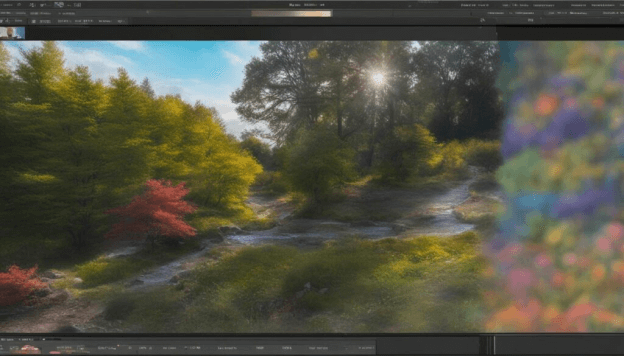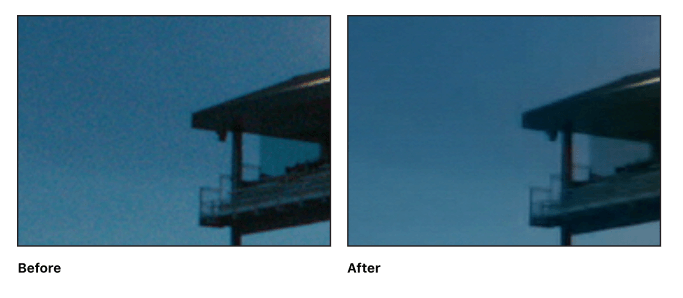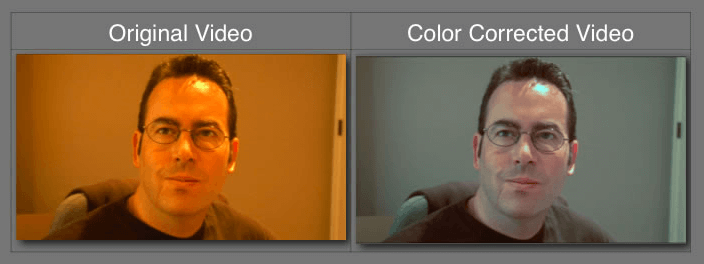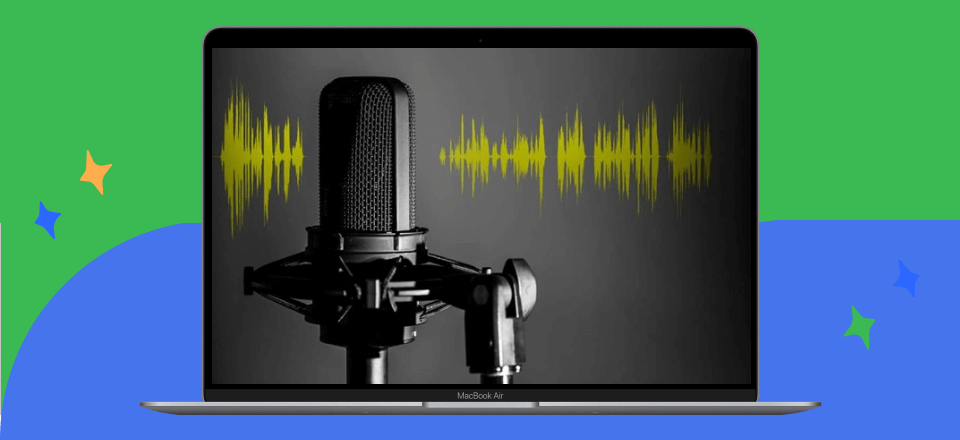Video restoration is a fascinating process that breathes new life into old, damaged, or degraded videos. It involves employing various techniques and algorithms to improve the visual and audio quality of the footage, making it more enjoyable to watch and preserving its content for future generations.
In this guide, we will delve deeper into the world of video restoration, exploring the techniques, tools, and processes involved.
Table of Contents: hide
What Is Video Restoration?
Video restoration refers to the process of repairing and improving the quality of deteriorated or damaged video footage. It involves utilizing various techniques and tools to address issues such as visual artifacts, scratches, dust, color fading, noise, instability, and other types of degradation that may have occurred over time. The goal of video restoration is to enhance the visual appearance of the footage, restore its original quality, and ensure its preservation for future generations.

What Is Video Restoration
Video restoration typically involves a combination of manual and digital techniques. Manual restoration may include frame-by-frame cleaning, retouching, and repair, while digital restoration techniques involve the use of specialized software to correct and enhance videos. These techniques can include image stabilization, noise reduction, color correction, scratch and dust removal, and overall enhancement of image quality.
Can AI Restore Old Videos?
Yes, AI can restore old videos to a certain extent. AI-based video restoration techniques utilize advanced algorithms and machine learning models to analyze and enhance the quality of degraded or damaged video footage.

AI Restore Old Videos
Here are some ways in which AI can help restore old videos:
- Noise Reduction: AI algorithms can analyze the patterns of noise and artifacts in the video and intelligently reduce or remove them. This can improve the overall clarity and reduce visual disturbances caused by things like film grain or compression artifacts.
- Upscaling and Enhancement: AI can upscale low-resolution videos and enhance the details by using algorithms that learn from high-quality reference footage. This can result in a sharper and more visually appealing video.
- Stabilization: AI can automatically detect and correct shaky or unstable footage by analyzing the motion patterns. It can apply stabilization techniques to make the video smoother and more watchable.
- Colorization: AI algorithms can add color to black-and-white videos or enhance the colors in faded footage. By analyzing the content and context of the video, AI can intelligently infer and apply appropriate colorization techniques.
- Scratch and Dust Removal: AI can identify and remove scratches, dust particles, and other artifacts that may be present in old videos. This can significantly improve the visual quality and remove distractions caused by these imperfections.
While AI can achieve impressive results, it’s important to note that the restoration process is not perfect and has limitations. The quality of the restored video depends on factors such as the condition of the original footage, the algorithms used, and the level of expertise in applying AI techniques.
What Is the Process of Restoration of Video?
The restoration process of a video typically involves several key steps to enhance its visual and audio quality. First, the video undergoes thorough assessment and analysis to identify specific issues such as degradation, artifacts, color fading, and audio problems. Once the assessment is complete, the video is digitized by converting it from its original analog format to a digital file. This involves using specialized equipment to capture the audio and visual signals and transform them into a digital format suitable for restoration.
After digitization, the restoration process proceeds with various techniques depending on the specific issues identified. These techniques may include noise reduction to minimize visual disturbances, color correction to restore accurate and vibrant colors, stabilization to address shaky footage, and artifact removal to eliminate scribbles, dust, or other imperfections. Additionally, advanced algorithms and machine learning models can be employed to enhance resolution, upscale low-quality footage, and improve overall visual clarity. Throughout the restoration process, careful attention is given to preserving the original artistic intent and maintaining the authenticity of the original video while enhancing its quality for a more enjoyable viewing experience.
What Are Video Restoration Techniques?
Video restoration techniques encompass a range of methods and algorithms aimed at improving the quality and appearance of videos. Some common video restoration techniques include:

Adjust Video Color
- Noise Reduction: This technique involves reducing or removing unwanted noise, such as film grain, digital compression artifacts, or sensor noise. Algorithms analyze the video frames and apply filters or denoising algorithms to minimize noise while preserving important details.
- Stabilization: Video stabilization techniques aim to eliminate or reduce camera shake or jitter, resulting in smoother and more stable footage. These techniques analyze the motion patterns in the video and apply algorithms to compensate for unwanted movements.
- Color Correction: Color correction techniques are used to adjust and balance the colors in a video. This can involve correcting color shifts, adjusting white balance, and enhancing saturation to restore accurate and vibrant colors.
- Upscaling and Super-resolution: Upscaling techniques are used to increase the resolution of a video, particularly when dealing with low-resolution or degraded footage. Super-resolution algorithms utilize machine learning models to generate additional details and improve the overall sharpness of the video.
- Scratch and Dust Removal: These techniques involve detecting and removing scratches, dust particles, and other artifacts that may be present in the video. Algorithms analyze the frames and use various methods such as inpainting or content-aware filling to eliminate unwanted elements.\
- Frame Interpolation: In cases where the original video has a low frame rate or contains missing frames, frame interpolation techniques can be used to generate new frames between existing ones. This helps to create smoother motion and improve the overall fluidity of the video.
- Restoration of Audio: Video restoration often includes improving the audio quality by reducing background noise, removing pops or clicks, and enhancing the overall clarity and fidelity of the sound.
These are just a few examples of video restoration techniques. The specific techniques employed depend on the condition of the video, the desired outcome, and the expertise of the restoration professional or the capabilities of the software being used.
Final Thought
As we’ve explored in this guide, video restoration is a multifaceted and evolving field, constantly pushing the boundaries of what is achievable. The combination of human expertise and cutting-edge technology continues to unlock new possibilities, allowing us to uncover hidden details, capture the essence of the original content, and provide a more immersive viewing experience for audiences.



